Tech Sector Woes and Fed Rate Expectations Amid Treasury Yield Surge Shake Markets | Daily Market Analysis

Key events:
- Eurozone - Deposit Facility Rate (Oct)
- Eurozone - ECB Interest Rate Decision (Oct)
- USA - Core Durable Goods Orders (MoM) (Sep)
- USA - GDP (QoQ) (Q3)
- USA - Initial Jobless Claims
- Eurozone - ECB Press Conference
- USA - Pending Home Sales (MoM) (Sep)
On Wednesday, US stock indices experienced a decline, primarily due to the increasing Treasury yields and the drag on the tech sector caused by Alphabet's disappointing quarterly results in its cloud business.
The Dow Jones Industrial Average saw a 0.3% drop, equivalent to a 105-point loss. The Nasdaq plummeted by 2.4%, while the S&P 500 also suffered a decline of 1.4%.
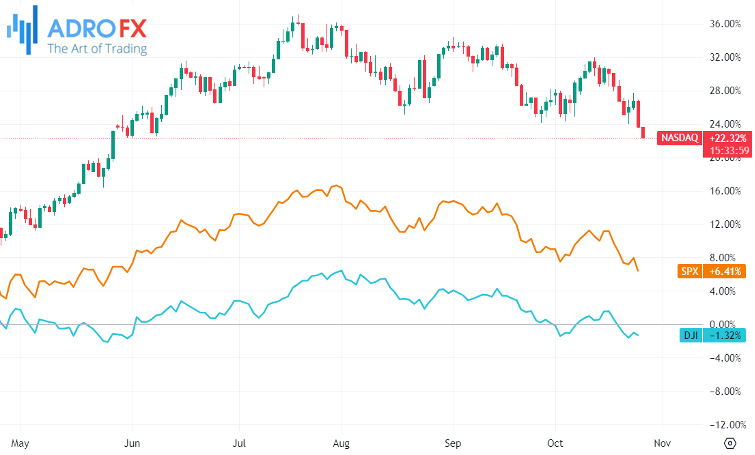
Alphabet Inc Class A (NASDAQ: GOOGL) faced a substantial setback, with a more than 9% drop in its stock price. This decline followed its quarterly results, which, although better than expected overall, were overshadowed by a slowdown in its cloud business.
Google's cloud revenue did rise by 22.5% to reach $8.41 billion. However, it fell short of Wall Street estimates, which were at $8.6 billion. This discrepancy raised concerns about Google's competitive position in the field of artificial intelligence.

It's worth noting that Google's cloud business constitutes only about 11% of its total revenue.
In contrast, Microsoft Corporation (NASDAQ: MSFT) saw a 3% increase in its stock price after surpassing expectations in its fiscal first-quarter results, especially with stronger growth in its cloud service, Azure. Azure exhibited a growth rate of 28%, a 1-point improvement from the previous quarter, surpassing analyst expectations of 26%. UBS even referred to Azure as "the star of the show," noting that this was the largest-ever sequential revenue growth for Azure in a September quarter.
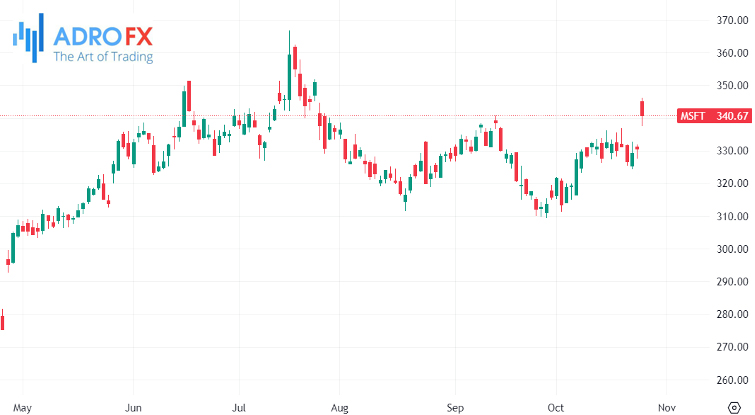
Boeing Co (NYSE: BA) experienced a decline of more than 2% following the announcement of a larger-than-expected loss and a downward revision of its annual guidance for 737 Max deliveries. This reduction was attributed to manufacturing issues with the aircraft, with Boeing now anticipating the delivery of 375 to 400 737 jets for the year, down from the previous estimate of 400 to 450 jets.
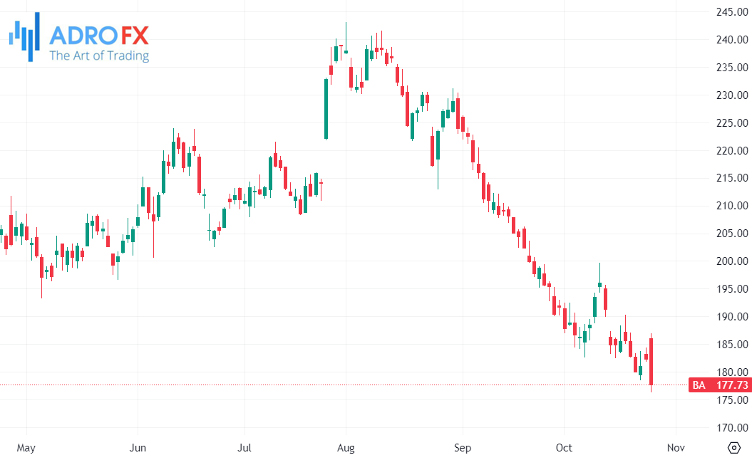
Additionally, Treasury yields, which had temporarily paused their ascent, resumed their climb. This came ahead of economic data scheduled for Thursday, which is expected to reflect a significant increase in Q3 economic growth. The ongoing strength of the economy, and the potential for it to drive inflation, has become a prominent concern for Federal Reserve Chairman Jerome Powell. Such concerns could lead the Fed to raise interest rates again.
Nonetheless, there is a strong expectation that the Fed will pause on rate hikes on November 1, with a 98.8% likelihood according to CME’s Fed Rate FedWatch Tool.
The Australian Dollar has continued to decline for the second consecutive session and is trading near its yearly lows against the US Dollar on Thursday. This decline is primarily attributed to the strong performance of the US Dollar, which has been bolstered by higher US Treasury yields.
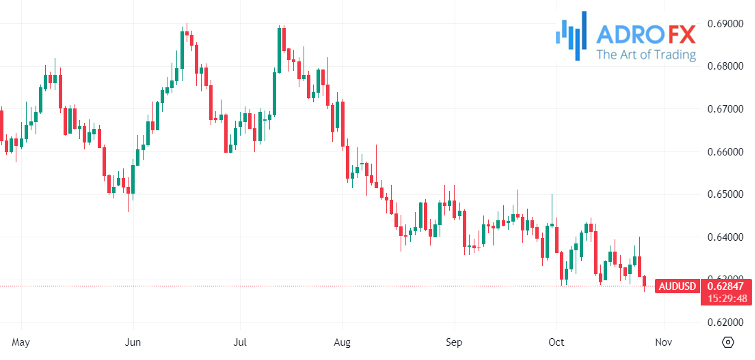
The recent inflation data from Australia has raised the possibility of a 25 basis point interest rate hike by the Reserve Bank of Australia (RBA) at its November meeting. The Australian Bureau of Statistics (ABS) reported an increase in the Consumer Price Index (CPI) in the third quarter of 2023.
Meanwhile, the US Dollar Index is on a winning streak due to the positive movement in US Treasury yields and the release of robust preliminary S&P Global PMI figures from the United States earlier this week.
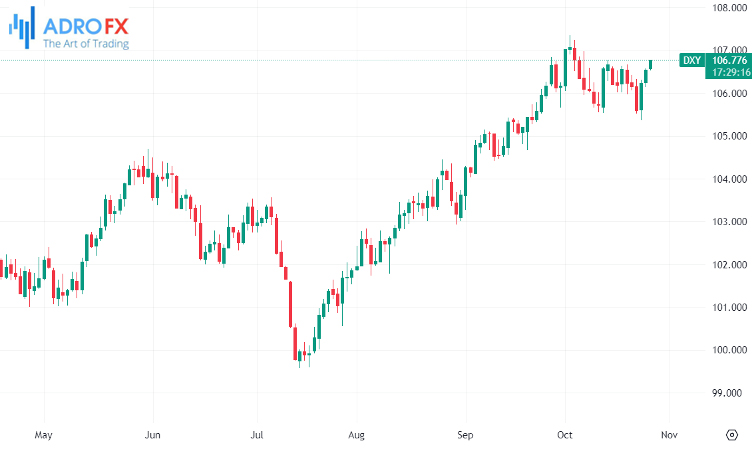
In addition to these factors, ongoing geopolitical uncertainties are likely to keep safe-haven investments in focus. Israel's Prime Minister Benjamin Netanyahu has announced the readiness for a potential ground assault in Gaza, with the timing to be determined by consensus. Furthermore, Iran's Foreign Minister Hossein Amir-Abdallahian has arrived in the USA for talks related to the situation between Hamas and Israel, as reported by Iranian media.
Investors are now closely watching key macroeconomic data from the United States for insights into the Federal Reserve's future decisions on interest rate hikes. Thursday's economic calendar includes the release of the Advance Q3 GDP data, Durable Goods Orders, the usual Weekly Initial Jobless Claims, and Pending Home Sales data.









